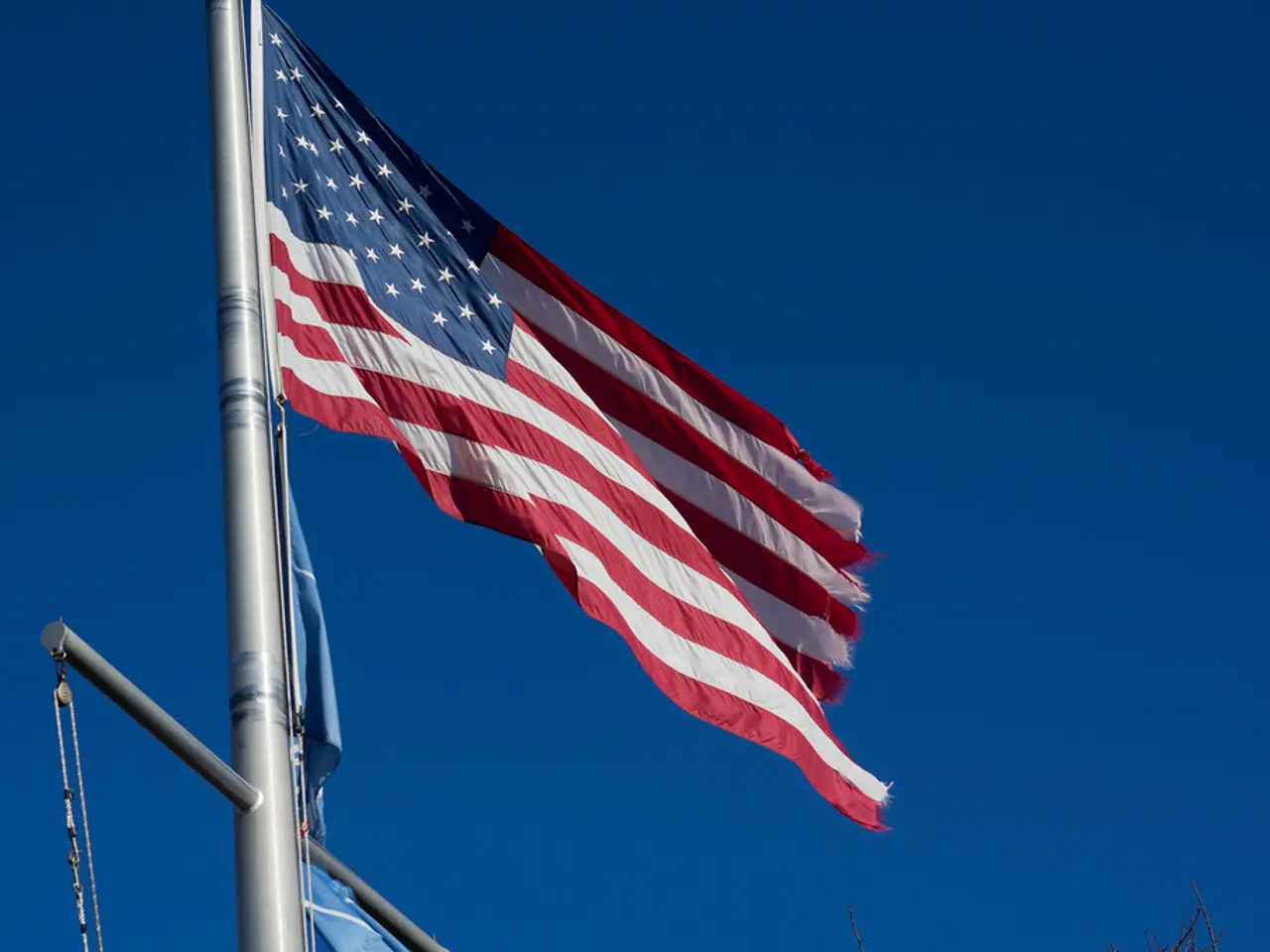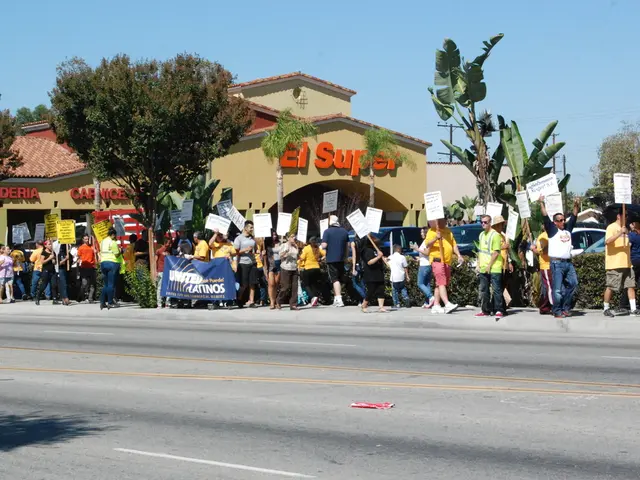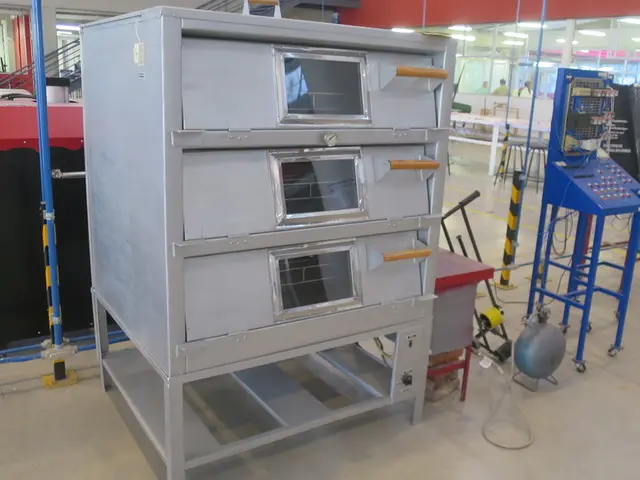American Production Thriving Yet Misconstrued
A surge in new business applications, with 5 million such applications filed in 2023, indicates a growing entrepreneurial spirit among Americans, particularly college students, as approximately one-third aspire to launch their own ventures. However, a controversial policy by President Trump, aimed at encouraging "made in America" manufacturing, has raised concerns about its potential impacts on the economy.
Universities, often seen as incubators for new businesses, are not immune to these effects. Sheldon H. Jacobson, Ph.D., a professor at the University of Illinois Urbana-Champaign, is one of many who are using their expertise to address problems in public policy.
The tariffs policy, if continued, may result in some growth in domestic manufacturing output (by about 2.1%) but also significant negative consequences overall. Other sectors, such as construction and agriculture, are expected to contract, indicating a distorted allocation of economic resources.
One of the most immediate impacts is higher consumer prices, estimated at a 1.8% increase nationally, costing households on average about $2,400 more per year, reducing purchasing power. Over the years 2025-2026, the policy is projected to reduce U.S. real GDP growth by about 0.5 percentage points annually, with the economy smaller by roughly 0.4% in the long run, equating to $125 billion less annually.
Unemployment is projected to rise, with 505,000 fewer payroll jobs by the end of 2025 and about 0.7 percentage points higher unemployment by the end of 2026. Many American firms, especially in states heavily involved in trade like California, incur substantial tariff costs and face disrupted supply chains, with consequences like port underutilization and job declines in trade-related sectors.
Given many major companies depend on overseas production to keep costs low, sustained tariffs could force businesses either to raise prices to cover increased input costs or absorb losses, which may reduce competitiveness and profitability. The tariffs function like a national sales tax, further hobbling economic growth and increasing inflationary pressures.
There is ongoing political and legal contention around the President’s authority to impose such tariffs unilaterally, indicating institutional uncertainty that may undermine business planning and investment. In summary, while tariffs may encourage some reshoring of manufacturing, the broader economic trade-offs include higher prices, slower growth, job losses overall, and supply chain disruption. The reliance on cost-effective overseas production means that forcing "made in America" through tariffs risks increasing costs for businesses and consumers, slowing the economy, and damaging entrepreneurship by reducing market dynamism and increasing uncertainty.
References:
- Brookings Institution
- Congressional Budget Office
- Council of Economic Advisers
- Federal Reserve Bank of New York
- Peterson Institute for International Economics





